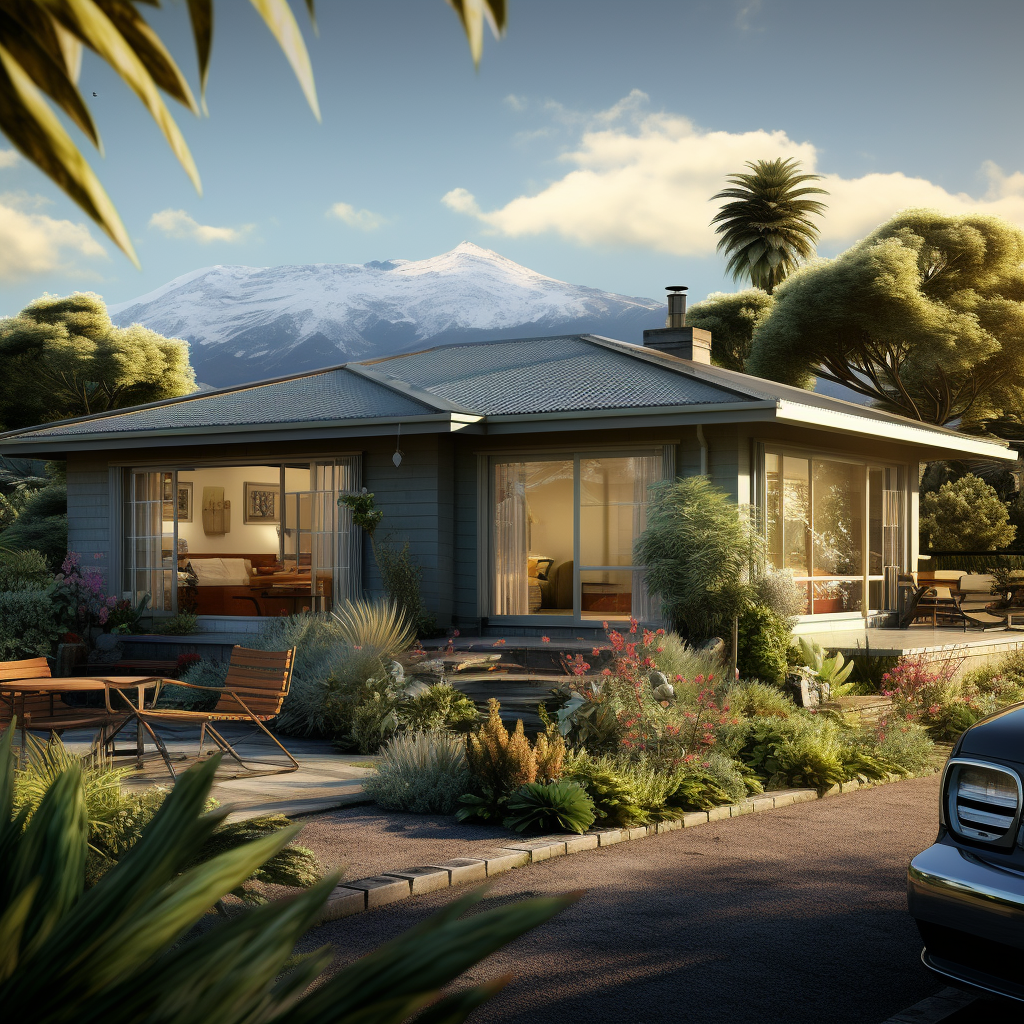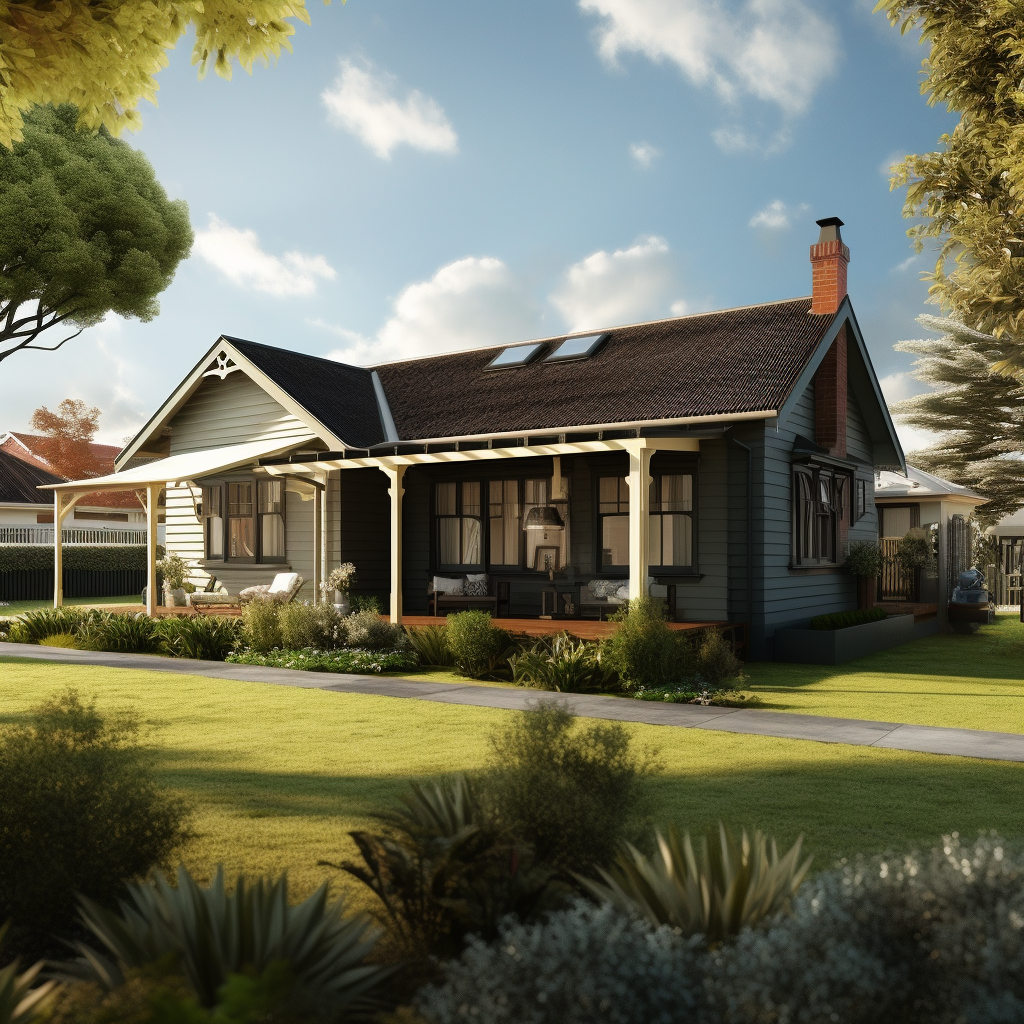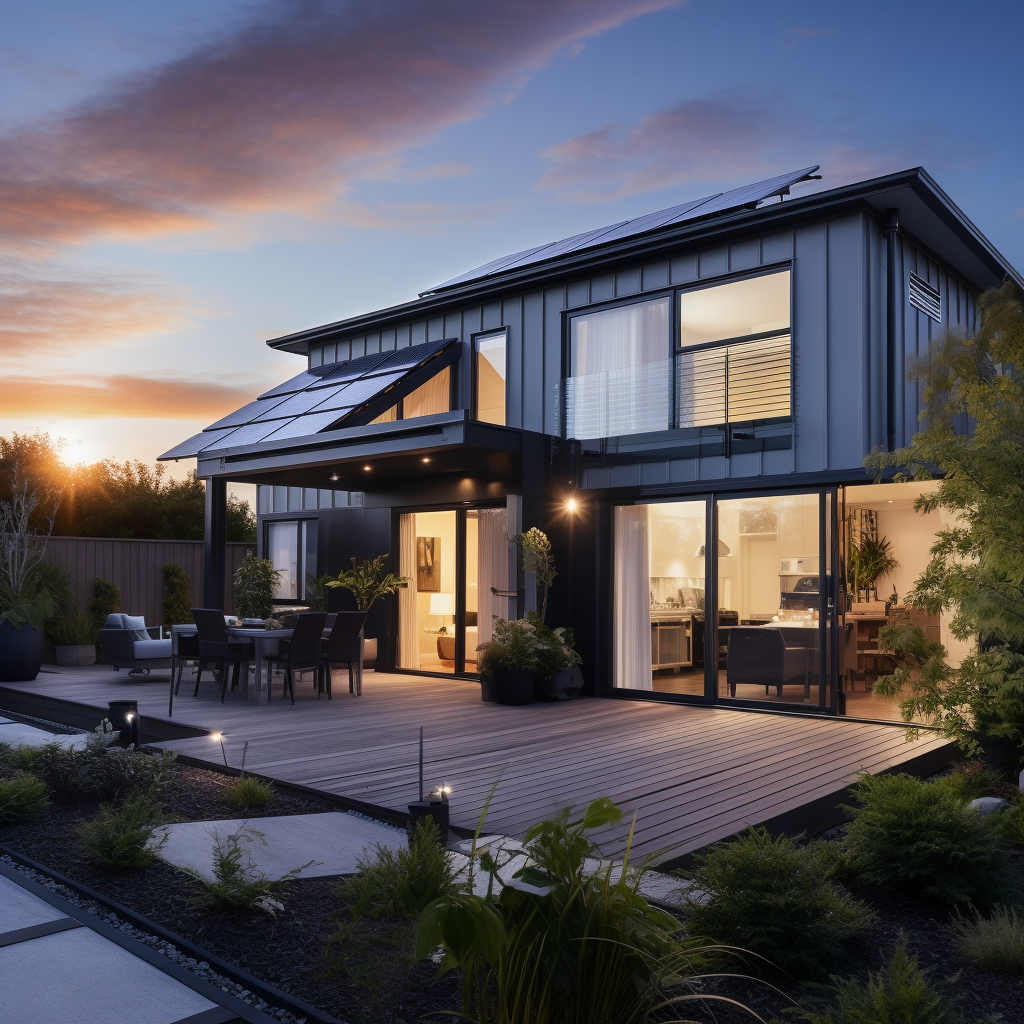Comprehensive Open Home Inspection Checklist for NZ Buyers
- 01. Structural Integrity: Examine walls for significant cracks indicating structural damage.
- 02. Roof Condition: Look for wear, leaks, or damage to roofing materials.
- 03. Foundation Quality: Check for visible cracks or signs of shifting in the foundation.
- 04. Plumbing System: Test taps, check for leaks, water pressure, and inspect pipes under sinks.
- 05. Electrical System: Ensure all switches and outlets function and inspect visible wiring.
- 06. Heating and Cooling Systems: Verify heaters, air conditioners, and HVAC systems are operational.
- 07. Windows and Doors: Ensure they open, close, and seal properly.
- 08. Insulation Quality: Check for adequate insulation in attics and walls.
- 09. Floor Condition: Look for uneven, creaky, or damaged areas.
- 10. Ceiling Condition: Search for water stains, cracks, or other damages.
- 11. Wall Conditions: Inspect for cracks, holes, dampness, or mold.
- 12. Bathroom Functionality: Test taps, showers, baths, and toilets.
- 13. Kitchen Condition: Check appliances, cabinets, and countertops.
- 14. Paint and Finishes: Evaluate the condition of paint, wallpaper, and finishes.
- 15. Light Fixtures: Check all installed lighting fixtures.
- 16. Dampness and Mold: Look for signs, especially in bathrooms and basements.
- 17. Pest Infestation: Check for signs like droppings or damage.
- 18. Cabinet and Storage Space: Evaluate storage adequacy.
- 19. Drainage System: Assess exterior drainage systems.
- 20. Outdoor Structures: Check decks, patios, sheds, and other structures.
- 21. Fence and Boundary Lines: Ensure good condition of fences and markers.
- 22. Landscaping Quality: Evaluate gardens, lawns, and landscaped areas.
- 23. Safety Features: Check smoke detectors and security systems.
- 24. Adaptability: Gauge the potential for modifications and renovations.
- 25. Personalization Potential: Consider spaces for personal touches.
- 26. Indoor-Outdoor Flow: Assess movement between indoor and outdoor areas.
- 27. Child and Pet Friendliness: Check if the property is suitable for children and pets.
- 28. Energy Efficiency: Look for features like double-glazing or solar panels.
- 29. Water Supply: Check the quality and reliability.
- 30. Waste Disposal: Understand systems or services available.
- 31. Floor Plan Flow: Consider the layout and room connectivity.
- 32. Noise Levels: Assess external and internal noise during the visit.
- 33. Natural Light: Evaluate the amount entering the property.
- 34. Ventilation: Check for adequate airflow or the presence of an airflow system like HRV or DVS.
- 35. Accessibility: Assess ease of access for all family members.
- 36. Neighbourhood Vibes: Get a feel for the community and neighbours.
- 37. Parking: Check availability and convenience of parking spaces.
- 38. Public Transport Access: Consider proximity to buses, trains, etc.
- 39. Local Amenities: Look at nearby shops, parks, and services.
- 40. Internet Connectivity: Check for signal strength and options.
- 41.Recent Repairs: Ask about recent maintenance or upgrades.
- 42. Future Development Plans: Inquire about planned changes in the area.
- 43. Local Schools: Consider proximity and reputation of nearby schools.
- 44. Zoning Regulations: Understand local zoning and potential impact.
- 45. Noise Insulation: Check for soundproofing in walls and windows.
- 46. Guttering System: Inspect gutters and downpipes for blockages or damage.
- 47. Smoke Alarms: Ensure they are installed and functional.
- 48. Renovation Potential: Gauge the feasibility of future renovations.
- 49. Existing Furniture Fit: Consider if current furniture will fit or need replacing.
- 50. Emergency Exits: Check for safety exits and routes in case of emergencies.






